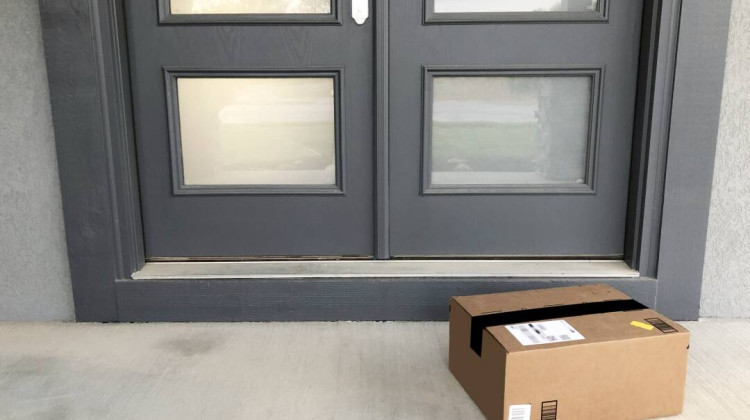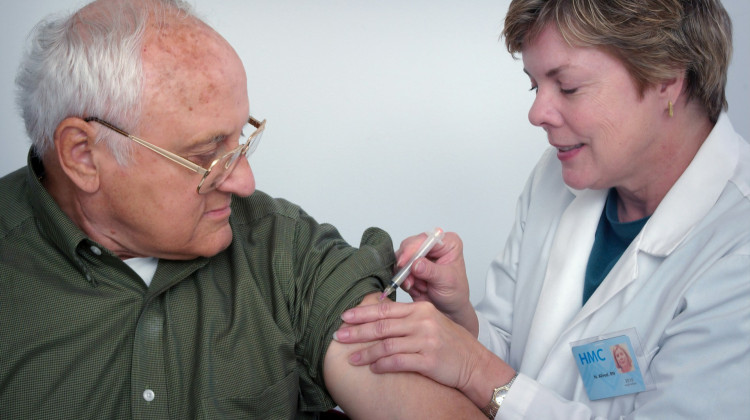
A new report has found the majority of rural hospitals nationwide no longer have obstetrical care.
Natalie Krebs/Side Effects Public MediaA new report found a growing number of rural hospitals no longer have labor and delivery services.
The Center for Healthcare Quality and Payment Reform analyzed federal data and found, as of last month, that 55% of the nation's rural hospitals no longer have obstetric care.
And of the rural hospitals still providing care, one-third were experiencing a financial loss overall on patient services.
In Indiana, 42% of the state's rural hospitals no longer provide labor and delivery services –– and a little over a fifth of the hospitals still providing OB care are losing money on overall patient services.
Many hospitals nationwide are shuttering their units because insurance companies and Medicaid aren't reimbursing hospitals enough to cover the cost of births, said Harold Miller, the president and CEO of Center for Healthcare Quality and Payment Reform.
"We've suggested that they also need to pay differently," he said. "Rather than simply paying for each birth, they need to be paying the hospital to be able to support the availability of the appropriate staff to do that."
Policymakers also need to find ways to recruit more providers to work in rural areas at a national level, he said.
The data shows that it's likely more hospitals will shutter units as they continue to face financial struggles, and it’s really hard to reopen OB units once they close, Miller said.
"It's really important to try to prevent more of them from closing now," he said, "and with the warning signs that indicate that this problem is growing right now, we could be seeing a lot more closing if we don't [take] immediate action."
Research from the University of Minnesota shows the loss of labor and delivery units in more remote rural counties correlates with a decrease in prenatal care and an increase in out-of-hospital births.
The report estimated that the median driving time for pregnant people who don't have local OB care ranges from 30 minutes in Iowa and Ohio to more than 90 minutes in Nevada and Alaska.
"If the hospital is not having maternity care services anymore, it may not just be that it's not delivering babies, it may also not have adequate prenatal and postpartum care," Miller said, "which means that mothers may get into more trouble during pregnancy or after they deliver when they go back home as they have delivered somewhere else."
Side Effects Public Media is a health reporting collaboration based at WFYI in Indianapolis. We partner with NPR stations across the Midwest and surrounding areas — including KBIA and KCUR in Missouri, Iowa Public Radio, Ideastream in Ohio and WFPL in Kentucky.
 DONATE
DONATE







 Support WFYI. We can't do it without you.
Support WFYI. We can't do it without you.